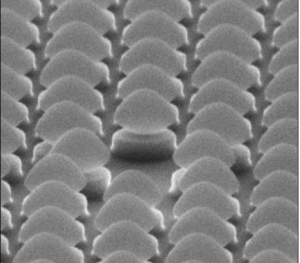Nanofabulous Seminar: Tuning light-matter interactions with infrared optical resonators

Light-matter coupling in the visible is, today, a well-understood area of research. We have many good materials that can strongly interact with visible light, many materials that are transparent in the visible, and reliable and cost-effective visible light sources and detectors. In contrast, the infrared is the wild outback for light-matter interactions. With a constant weak thermal background, almost every material interacts with infrared, but only weakly, and there are only limited and extremely expensive IR light sources and detectors.
Therefore, there is a need to tame this wilderness to facilitate light-matter interactions properly! In addition, there are many additional benefits in the infrared: photolithography-compatible device fabrication, covert optical communication, encryption and storage, directed global cooling, and label-free sensing.
In my talk, I will discuss a rational design of plasmonic templates for weak-light matter applications, also known as Surface-enhanced Infrared absorption spectroscopy (SEIRA). I will discuss common problems encountered in SEIRA, such as Fano distortions, peak shifts, and low sensitivity, and give an outlook for large-scale fabrication of plasmonic templates in the infrared.
Further, I will discuss novel systems for vibrational strong light-matter coupling based on freestanding and flexible PET films. Strong light-matter interaction results in the formation of quasi-particles known as polaritons. A polariton represents a hybrid entity, partially light and matter, coherently linking something we perceive as dominantly dynamic (light) to something more static (material). As a hybrid state between light and matter, polaritons exhibit properties distinct from those of their material counterparts and vice versa.
Finally, I will introduce dual resonant optical cavities for optical encryption, featuring independently tunable resonances in the visible and near-infrared spectra, suitable for covert optical applications.
All these projects are ongoing collaborations with ANFF-VIC, and the facilities at MCN are critical to the success of these projects
Goekalp Engin Akinoglu, James Andell Hutchison
ARC Centre of Excellence in Exciton Science, School of Chemistry,
University of Melbourne, Parkville, VIC 3010, Australia
11:00am, 28/05/2024
Melbourne Centre for Nanofabrication
151 Wellington Road, Clayton, 3168
Zoom link: click here
Meeting ID: 836 7591 9281 and passcode: 381619


